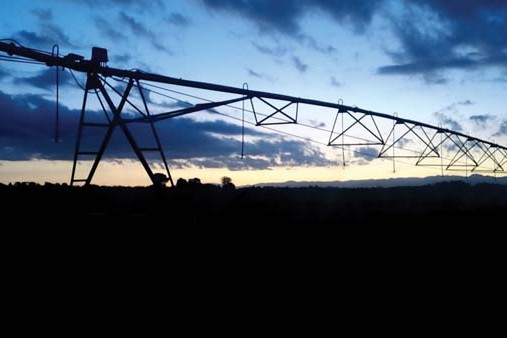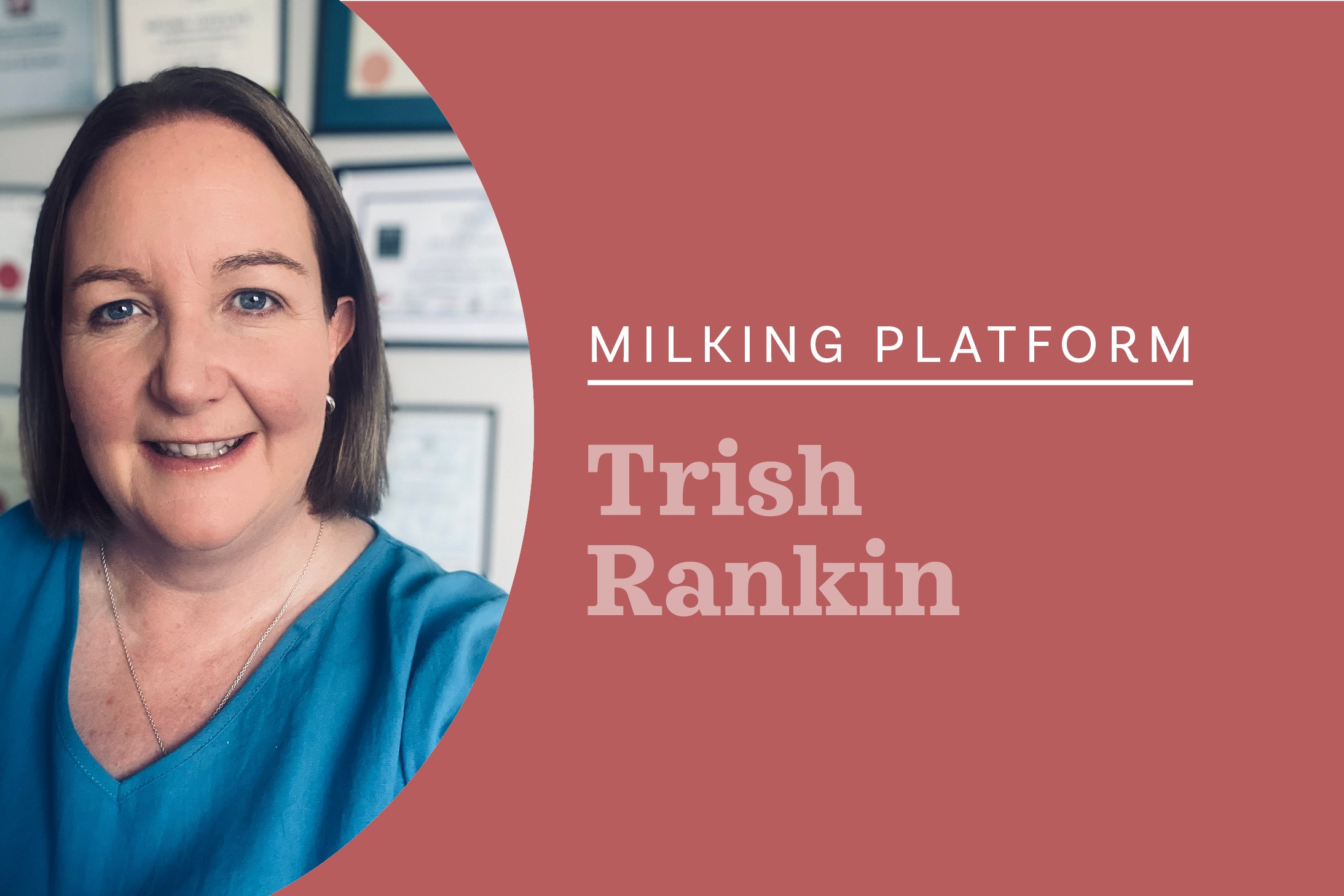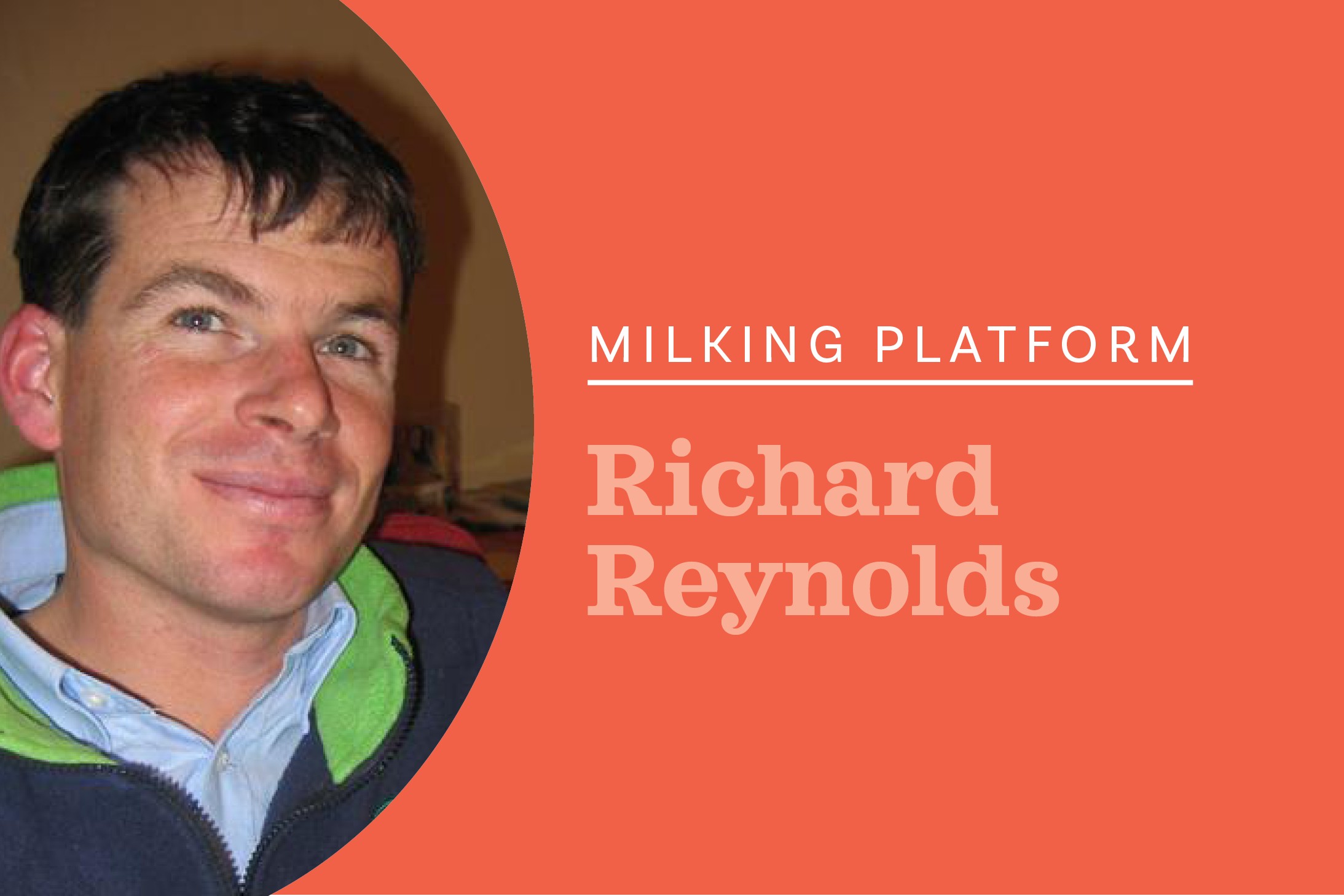It’s not all bad
Weathering the wettest season he can recall, George Moss takes a look at some of the achievements.

 BATTEN DOWN THE hatches, the storm is coming both figuratively and literally. As I pen this it is 7C and pouring. Soil temps have struggled between 5C and 8C – resulting in low growth for the past 40 days.
BATTEN DOWN THE hatches, the storm is coming both figuratively and literally. As I pen this it is 7C and pouring. Soil temps have struggled between 5C and 8C – resulting in low growth for the past 40 days.
After the wettest/cloudiest autumn I can remember we are now having the most difficult winter. Even the smallest amount of rain leads to more pasture damage. While it is very challenging here, we feel for those farmers who are even more severely impacted.
The wet autumn meant we were able to reduce our cost of production by $1/kg milksolids (MS) plus and had the season finish on a par – again, feel for all those farmers whose production was severely hampered by the extreme climatic events resulting in significantly reduced production and big repair bills. Something we did not face.
One farm is now part of the Fonterra/Nestle project and that will look to show some opportunities to both further improve our GHG footprint plus enhance profit – quite exciting. Reproduction performance is a key opportunity.
Last time I wrote, I undertook to give an update on mating performance, one herd finished with a 9% empty rate but had intervention on non-cycling cows and an extra 10 days mating, all AI including short gestation semen. The other herd was 15% empty, with no intervention, AI and bulls. We have spent considerable time analysing our data and had good support from LIC.
Addressing repro’ in the industry represents a massive profit opportunity in the hundreds of millions of dollars and as such I’ve been working on getting a farmer-led project to take ownership of the issue. There has been good support from LIC, CRV AND DairyNZ – I said cheekily we should aim to have the industry at 90 by 9 in 10 – that is 90% in-calf in nine weeks within 10 years.
It seems grandiose until one realises individual farmers are achieving this across the range of farming systems. The key is to understand intimately all aspects of their system, genetics, management after calving, peak milk, interventions including OAD, supplementary feeds etc.
Onfarm, we dried off one herd on April 19 and the other on May 5 despite good covers and are glad we did. Cow condition has been excellent and despite the challenging spring the cows are milking well over 2kg MS/day on grass, palm kernel and silage.
Our focus on genetics and herd testing is having a significant bearing on the efficiency of production – those high-index cows appear to milk on bugger all.
The accounts have been done with the only drop in profitability due to contracting a lower order sharemilker.
Anticipating a declining milk price we switched to a contract milker to protect the milker. On the negative side, due to lack of scale, we have not been able to renew our First Light wagyu contract.
There also is zero demand for our Friesian bull calves and Angus cross calves so we will rear them, which does pose a risk. The annual soil tests show good levels of nutrients but a complete collapse in pH hence we will add lime to the fert’ budget.
While the situation may look bleak, the solution to “low milk prices is low milk prices”. The lowest-cost producers will succeed. It will pass. Farm owners may need to support sharemilkers, who are very vulnerable.
I had some great harbour fishing from the kayak this autumn, catching and releasing a number of 60cm-plus snapper, keeping only the 40cm-plus gurnard for the table.
With the temperatures and rain, I take heart that I’m not missing any fishing, yet.





